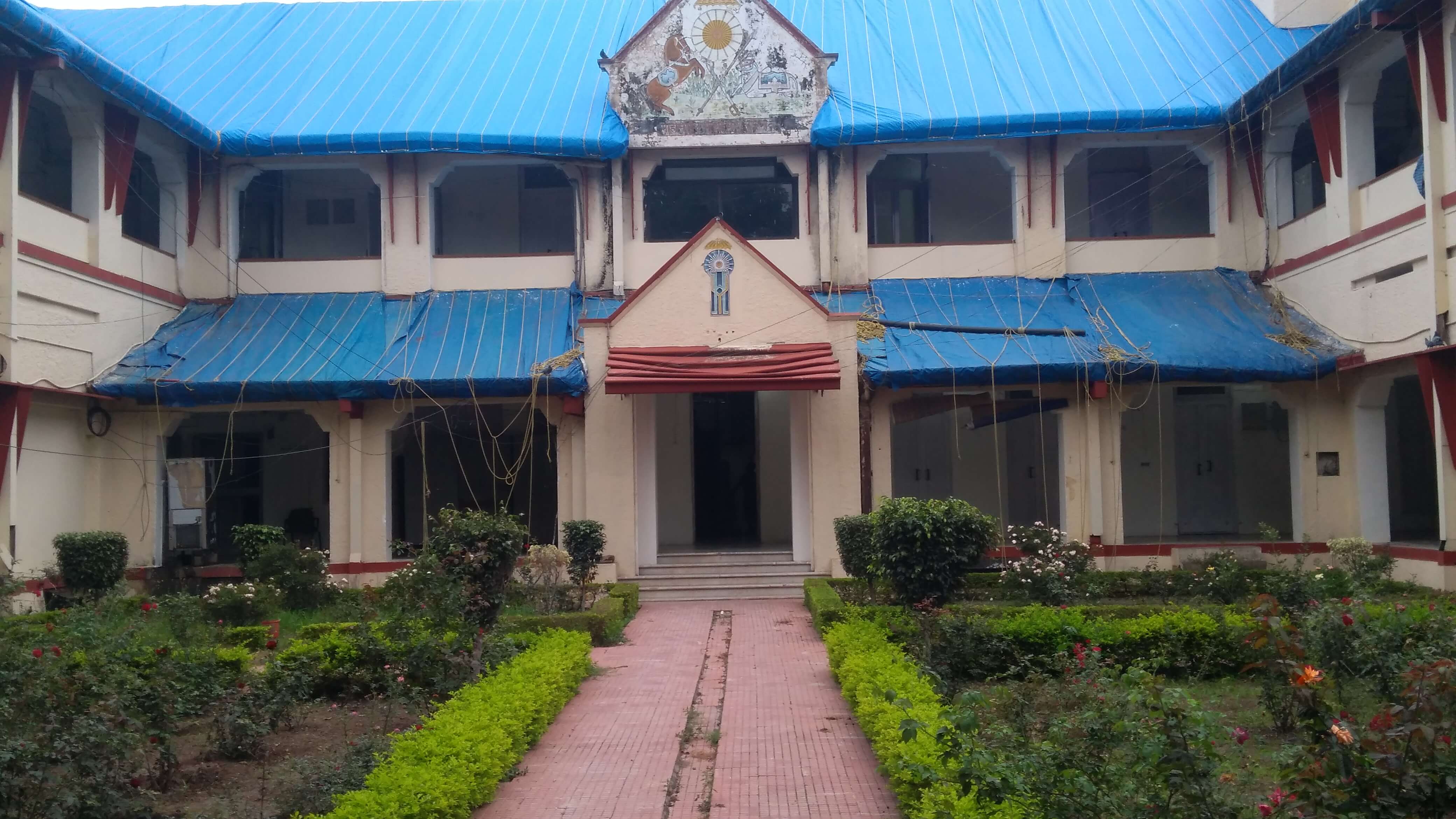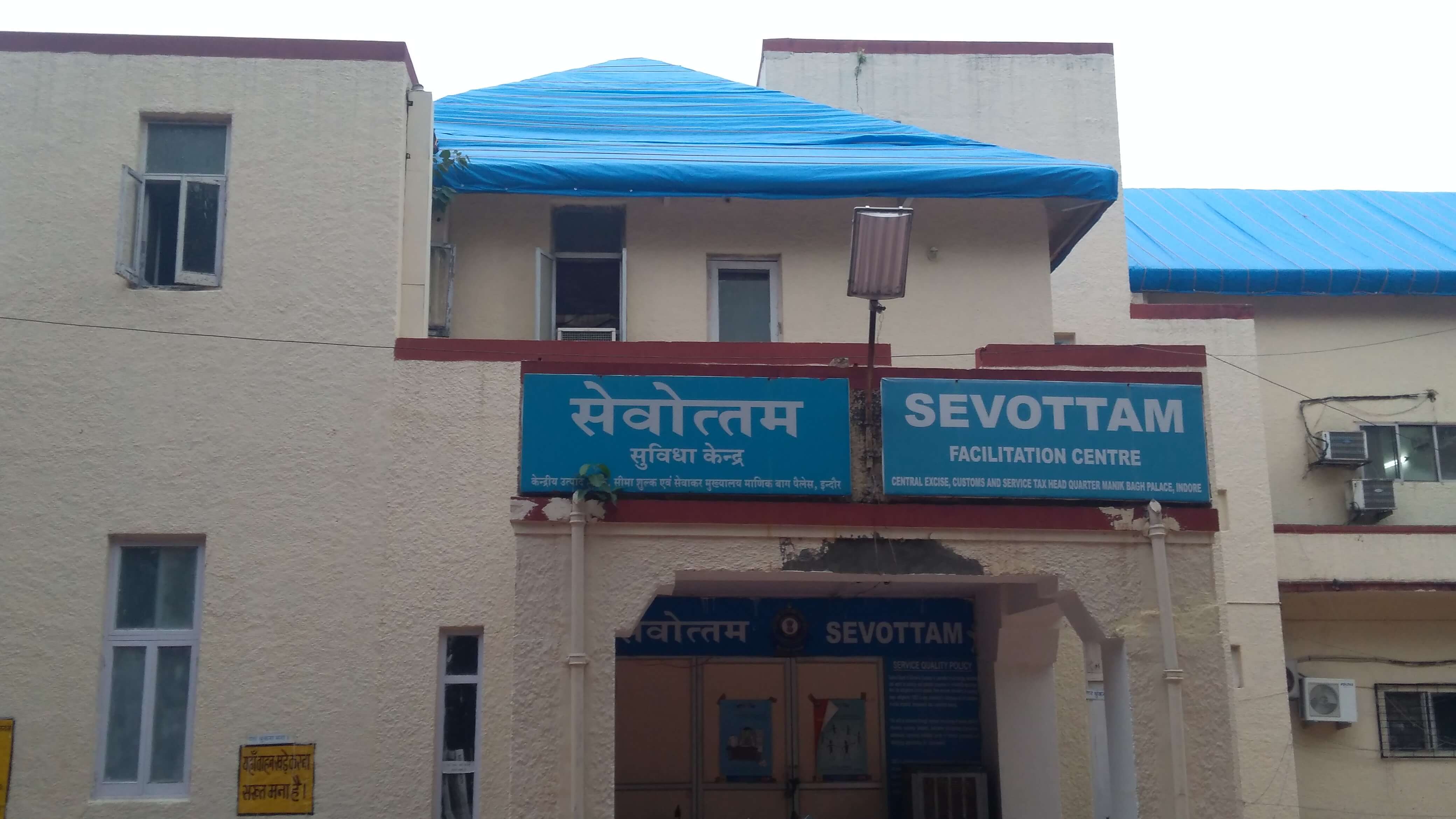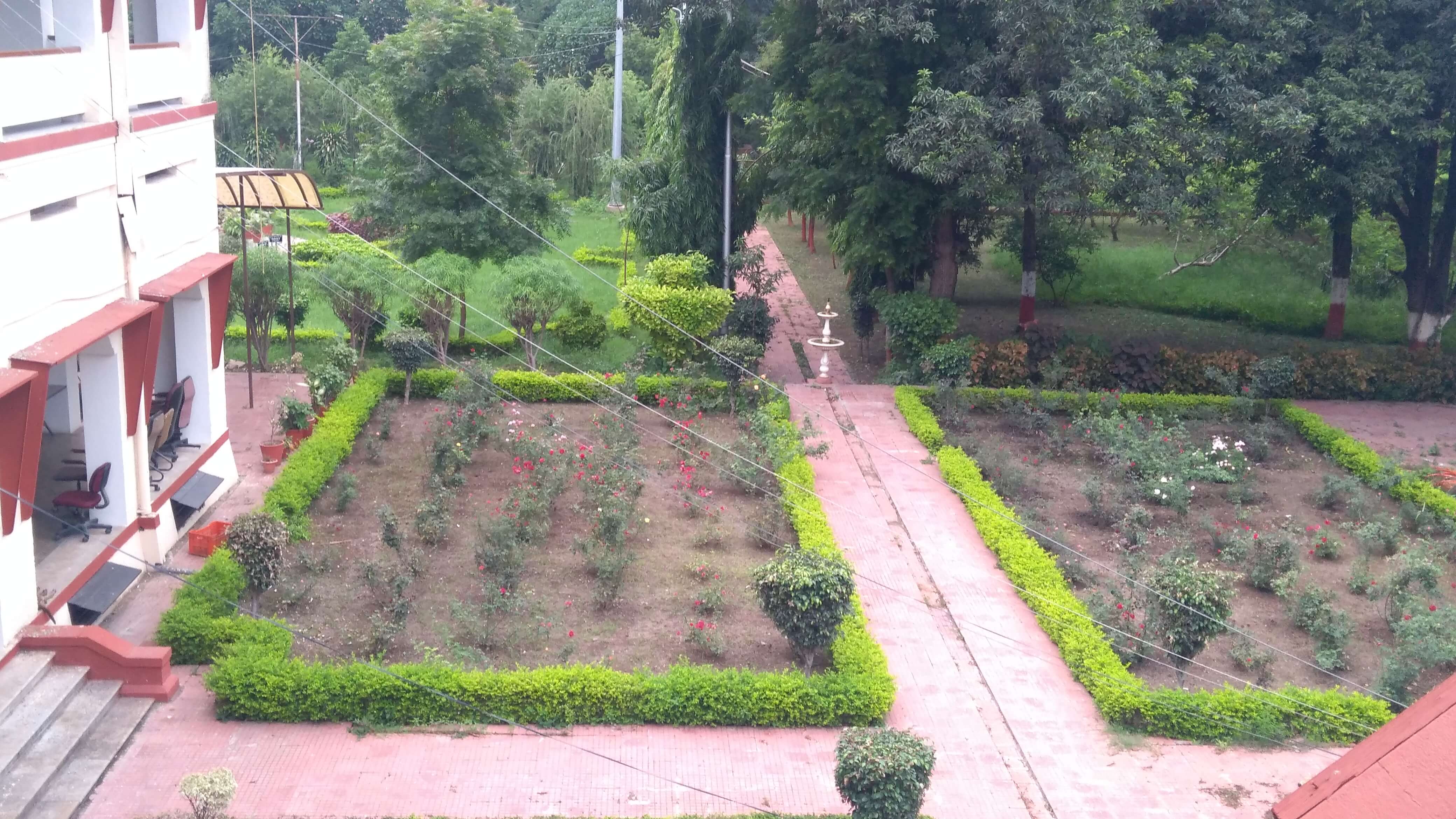ABOUT MANIK BAGH BRANCH
In 1930, a young German architect received from a maharaja the commission to build and furnish a palace in India: Eckart Muthesius (1904-1989), son of the famous architect Hermann Muthesius (1861-1927), reformer of the art schools in Purssia and author on architecture, built and furnished for the maharaja of Indore, Yeshwant Rao Holkar Bahadur, the residence "Manik Bagh Palace - Jewel Gardens".
This palace evolved to a work of art of interior design, representing, with elegance and a cool functionalism, the international style of around 1930 in a tropical climate. The client was the 25-year-old Prince Yeshwant Rao, who had been educated and prepared for his office in Europe, and who took over the reign of the central Indian Maratha state (population 1.2 million) in May 1930, after his father had abdicated.
The art enthusiast, oriented towards the Western avant-grade in Paris, heir to the ancient Holkar family, Yeshwant Rao Holkar had the palace decorated by the architect Eckart Muthesius, of the same age, with technical and aesthetic refinements; darkly tinted and clear window panes in metal frames for regulating the light of day, the first air conditioning system in India, unusually simple furniture of wood and metal, pictorial carpets, lighting fixtures as light sculptures, walls treated in alternating colors, Para vents as cubist paintings in space. Art for living made a fairy tale palace of modernism in India come true.
Technical equipment, installation parts, water faucets for the bathrooms, even the marble flooring, banisters for staircases, furniture and lamps were made according to the architect's designs and instructions in Germany, preferably in Berlin. Moreover, furnishing objects by the interior design avant-grade in Berlin, London, and Paris were acquired, including an amazing number of series production pieces: tabular steel chairs by the architects and brothers Wassili and Hans Luckhardt as well as by Marcel Breuer in Berlin, the chaise longue by Le Corbusier/Charlotte Perrind, the ebony, chrome and leather armchair Transat by Eileen Gray in Paris, tubular steel furniture by the PEL company in London. In addition, luxury furniture of glass, metal and wood was designed and made specially for the palace by such Parisian furniture artists Emile-Jacques Ruhlmann, Louis Sognot and Charlotte Alix, carpets by Ivan da Silva Bruhns, silver ware by Jean Puiforcat.
The use of furniture produced in series, and modernism as typified by Muthesius and his client, stands in contrast to the representative, decorative style of the 1920's, in which decorators sought to furnish interiors with always new and lavish, individualistic, unique pieces. Examples of this type of luxurious art deco ebony work, designed by Emile-Jacques Ruhlmann, were also to be found at Manik Bagh but in a transitional style with functionalistic elements (and serially produced); these objects were the exception however. The furniture designed by Muthesius for the maharaja, and produced in the Berliner Werkstatten, could in most cases have just as well been produced in series in furniture factories. This new, international interior design style found recognition from all sides in technical publications around 1930. The interiors shown there though were often models from exhibitions or residential experiments of the avant-garde, created by artists for artists. The clients of means continued to prefer palatial style interiors after conventional patterns.
Representative, exemplary modernistic residential works were in contrast seldom seen and were only made possible by artistically open minded clients and patrons: furniture by Rene Herbst (1891-1983) stood in the palace Manik Bagh; the artiste, founding member of the UAM, also executed rational, puristic designs for Aga Khan.
Manik Bagh Palace aroused in the early thirties much interest. Photographs of the residence, its architect, and also inhabitants, the young maharaja family, were published in the international press. Such journals as Fortune, The illustrated Times of India, and aside from many others, also the Berliner Illustrate, brought photographic reports on this unusual sovereign seat.
It has taken unusually long for the Muthesius designs of 1930 to be recognized and rediscovered. The renewal of classicism and baroque in the years after 1933 - not only in Germany - resulted in the work not receiving the appropriate appreciation and Muthesuis was denied continuity. Thus this German work of architecture and design in far off India has remained a singular case without succession and was forgotten in the subsequent decades.
The adverse years after 1933, hostile to modernism, let the work of the German architect Eckart Muthesius fall into oblivion.
This artistic Palace was perfectly preserved down to the smallest detail, including the hardware for the doors and electrical switches. The prefabricated construction elements and furnishing, made mostly in Berlin, had been selected strictly according to quality. And the Palace has been lovingly cared for and preserved by Maharani Usha Devi of Indore and her brother Prince Shivaji Rao Holkar, the children and heirs of the maharaja, who died in 1956.
In 1976 the privileges of the maharaja families were abolished by the Indian Government and the obligation of the state to pay maintenance to the families revoked. The Holkar family had to give up Manik Bagh Palace and sell the residence. Via some detours several pieces of furniture, carpets and lamps have found their way back to Europe and have received their due as historical objects. Astoundingly, high valuations were made at an auction in Monte Carlo, May 1980 dedicated to this inventory.
The Holkar's no longer live at Manik Bagh Palace and the palace is today being used as the Office of the Commissioner, CGST, Customs & Central Excise, Indore






